After 2017's devastating floods, Quebec communities face tough questions about building on flood plains
Two years ago, Hélène Guilbault's home was surrounded by water, as was nearly every other home on Île Mercier, a tiny island wedged between Montreal and Île Bizard, Que.
The water rose so high that, despite a wall of sandbags, it overwhelmed the home's foundation and started pouring into her basement.
"I saw this huge wave coming in, and within like five seconds, it was full," Guilbault said, standing in front of her yellow, one-storey house on the banks of the Rivière des Prairies earlier this month.
"I had seven feet of water in my basement," she said. "It was a really stressful time."
Her yard is blanketed in snow and ice right now, but with warmer temperatures on the way, Guilbault and others are bracing themselves for possible flooding.
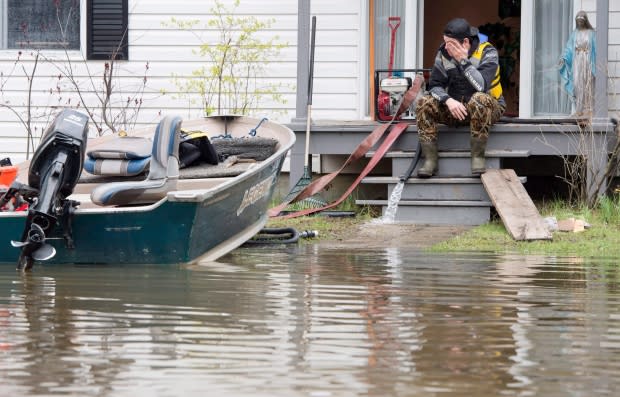
Preparing for future floods
After an exceptionally snowy winter, Quebec municipalities are again watching the forecast closely, fearing another round of flooding.
In some communities hard-hit by floods in 2017, officials are also thinking long-term, preparing for future disasters.
"As a mayor, I took a position that climate change will have an effect on flooding," said Normand Marinacci, mayor of Montreal's L'Île-Bizard–Sainte-Geneviève borough, which includes Île Mercier.
His borough was among the worst-hit areas of Quebec two years ago.
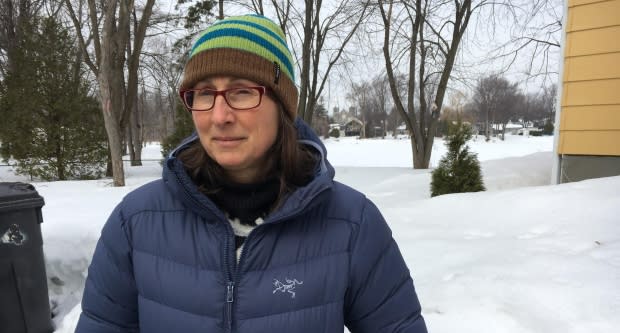
"There was a lot of stress, and it wasn't easy," Marinacci said. "When you see water pouring in your house, it's very difficult for those people."
It's something Marinacci hopes never to see again. Several homes in the borough were so badly damaged, they had to be demolished.
The province said it would not permit those homeowners to rebuild, because of the high risk of future flooding.
Earlier this month, the borough took another preventative step when it passed a bylaw extending the no-build zone. The bylaw prohibits anyone from building or expanding on land that could flood within the next 100 years.
"Why take a risk? Why give a permission to a person to build in a zone that is at risk?" Marinacci asked.
Guilbault opposes the bylaw, which prevents some of her neighbours from renovating their existing houses. It also means some vacant properties can no longer be developed.
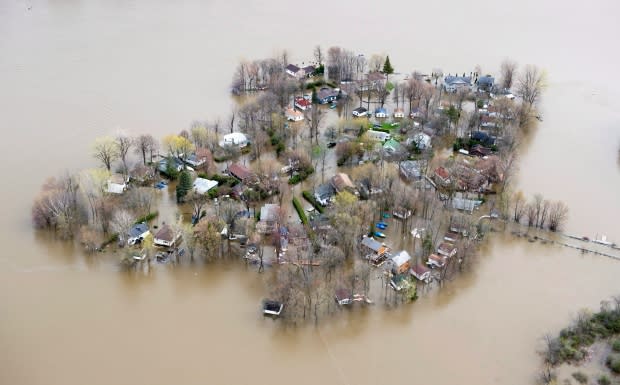
She's relieved she was allowed to fix her home and stay.
"There is a cost in terms of stress that goes with it, because the water isn't far," she said. But in her eyes, it's worth it.
"I'm attached to this place because it's closer to nature."
In her case, Guilbault said the damage to her house was valued at $150,000, and the province compensated her for part of that.
Now that she has added pumps, rebar-reinforced concrete and lifted the building's foundation, she is confident the house can withstand another flood.
Taxpayers, insurance companies on the hook
The debate around building on flood plains is happening in communities across the country, as local governments try to balance residents' attachment to their homes and the desire to live near water with the realities of future flooding.
"Even with a stable climate, flooding has always been the major natural disaster in Canada and because of climate change, it's going to increase," said Alain Bourque, executive director of Ouranos, a Montreal-based climate change research organization.
"It is the most important natural disaster to watch for."
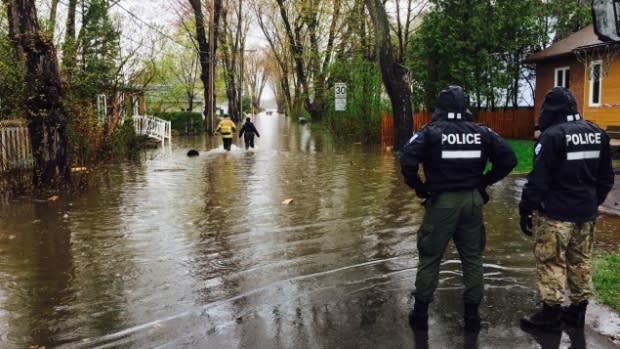
The Insurance Bureau of Canada has been working with the federal government to try to ensure Canadians are better prepared.
The IBC said insurance companies are losing money from payouts after natural disasters and that taxpayers are also on the hook after events such as flooding, due to public infrastructure repairs and the cost of compensating homeowners.
"You may be able to put a home on stilts or absolutely encase it, but your support services are also at risk," said Craig Stewart, president of the Insurance Bureau of Canada.
"We know that municipalities rely on the tax dollars from developing in these attractive places, but we need to resist the urge to put people in harm's way."
Adapting to a changing climate
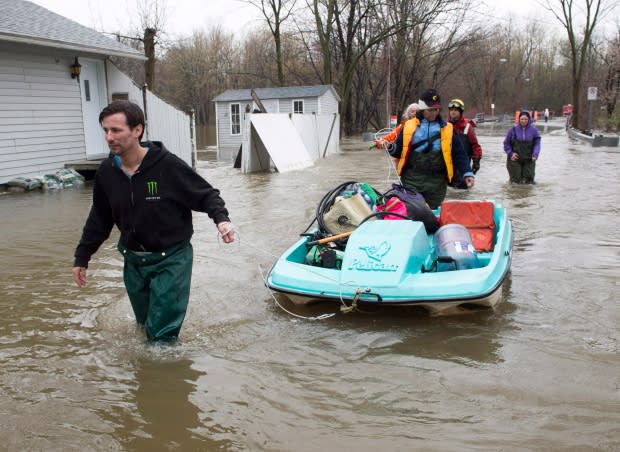
Plumbing contractor Olivier Ishii-Landry is also planning for more floods in the future.
He saved his own home on Île Mercier two years ago by outfitting it with a network of pumps and generators. He said his business now focuses mainly on that kind of prevention — what he calls "climate change adaptation."
"It's going to happen more and more often to more and more people," he said. "'I'm there to protect and keep dry a lot of people's most expensive investment."
Pier-Luc Cauchon, who has lived in the borough all his life, has circulated a petition against the borough's bylaw expanding the no-build zone because he wants residents on the island to have the chance to adapt.
"A lot of people are frustrated," he said. "If you build in a flood zone with the right regulations, you won't receive damage."
Still, Marinacci, the borough mayor, said it is a necessary change.
"If we want to prevent other events like we lived in 2017, I think it's a good thing to do," he said. "It's a vision for the future."


